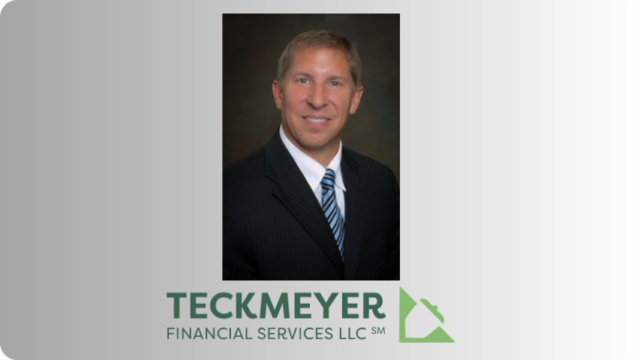I hope you are doing well. A few weeks ago, I was talking with a client who noted that post-COVID, the future—and the financial risks it presents—felt uncertain. It’s a sentiment that I’ve heard fairly often, and it’s true that no one would have predicted on January 1st, 2020, what was to come in the year following!
With that said, it’s worth remembering that hedging against risk is part of what we do for clients. In fact, we’re constantly keeping tabs on the markets, the economy, and key trends on our clients’ behalf.
Below are four risks many of our clients are facing, along with some general strategies that are often employed to combat these issues.
1. Outliving Your Money
Thanks to medical advancements and healthier lifestyles, life expectancy has increased. It’s crucial to plan for a longer retirement to avoid outliving your resources.
There are a variety of strategies that can be employed to ensure income well into a retiree’s golden years. For example, annuities can be an ideal option for some clients, as they offer regular lifetime income.
In some cases, we may recommend a person approaching retirement age delay taking Social Security, as waiting increases monthly payouts by 8% annually up until age 70. Additionally, if you are earning the most money of your career ahead of retirement (as many are), it may be even smarter to wait to take Social Security benefits, as your monthly payout is based on your 35 highest-earning years, adjusted for inflation. Once an American hits 35 years of employment, the annual earnings for every additional year of employment can cancel out a year of lower annual earnings.
2. Rising Medical Expenses
With more Americans living longer, demand for health care services and long-term care providers has increased — and so have associated costs. Higher costs are expected to continue, and planning for these expenses is essential. Long-term care insurance and health savings accounts (HSAs) are just two options that can provide financial security and ensure that health care costs do not deplete your retirement savings.
As noted above, retirement planning involves anticipating and strategizing for these risks to secure a stable and comfortable retirement. We are here to help you do just that.
3. Changes in Markets
Market volatility is an inevitable part of investing, especially challenging when you’re nearing or in retirement. That is why, in many cases, the risk level of a portfolio decreases with age. When you’re younger, your portfolio tends to be riskier, with more opportunity for reward, because you have time to make up for any losses. When you’re older, your portfolio tends to have less risk but also less of a chance of outsized returns. This approach can offer key protection against market volatility in later years.
However, as some Americans have witnessed in recent years, it can be harder to keep a conservative risk level in investing during periods of high inflation.
4. Inflation
On the subject of inflation, maintaining a balanced exposure to growth-oriented investments like stocks is vital to keep up with inflation and preserve purchasing power. There are also other vehicles that can hedge against inflation, such as Treasury Inflation-Protected Securities (TIPS), which adjust returns based on inflation rates.
With that overview noted, if anything has changed in your life or if you would like to discuss any specific questions or concerns, you can email or call me.
You can contact me at john@teckmeyerfinancial.com or Tel: 402.525.0548, Office: 402.331.8600.

Securities offered through Teckmeyer Financial Services LLC, Member FINRA, and SIPC
11104 John Galt Blvd., Omaha, NE 68137


































